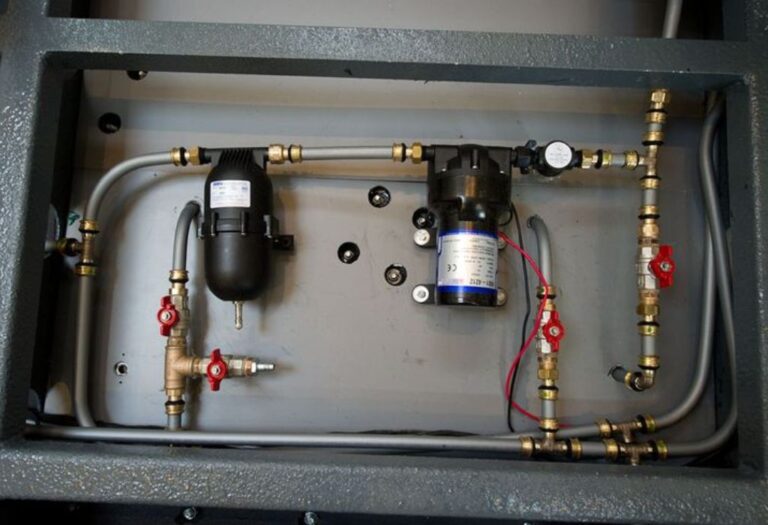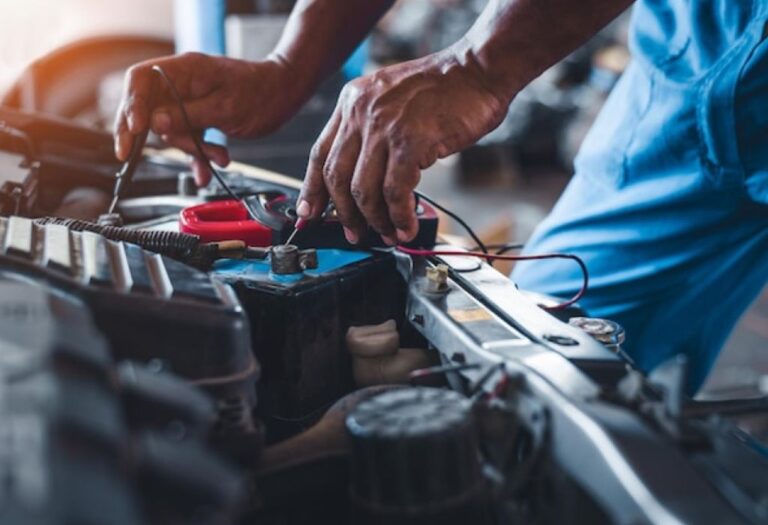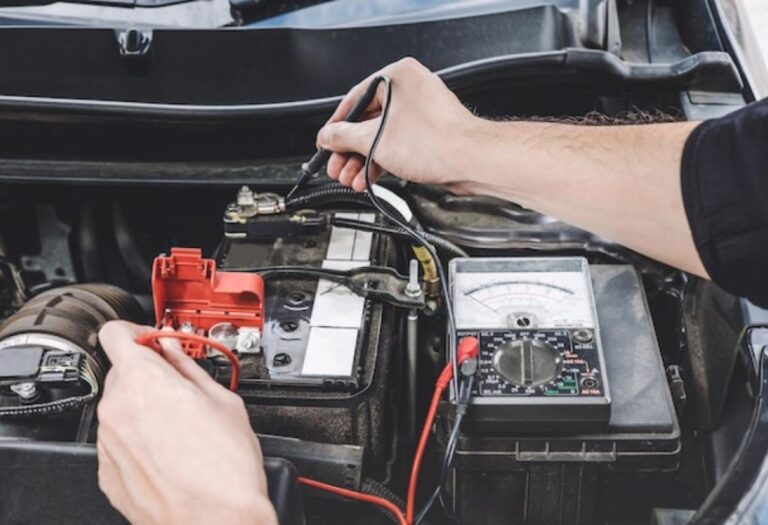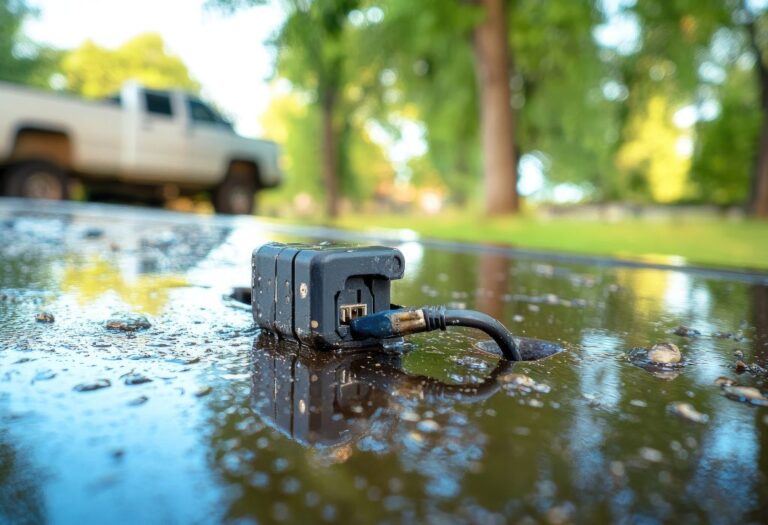How to Pressurize an RV Water System Easily
Imagine arriving at a campsite after a long drive, eager to enjoy a shower or fill a sink, only to find the water flow weak and frustrating. Low water pressure in an RV can ruin a trip and make basic tasks like showering or washing dishes inefficient.
Pressurizing your RV water system properly restores consistent flow to all faucets and appliances, ensuring comfort and functionality. Knowing how to pressurize the system correctly prevents airlocks, protects plumbing, and improves the performance of your pump and fixtures.
According to a 2023 survey of RV owners, over 45% reported experiencing low water pressure while using onboard tanks, and nearly 30% struggled with pump inefficiency or airlocks (source). These numbers highlight the importance of maintaining and properly pressurizing your water system.
This guide will explain how to pressurize your RV water system step-by-step, identify common issues, and provide tips for maintaining optimal water flow, so you can enjoy reliable water pressure wherever your travels take you.
Understanding Your RV Water System
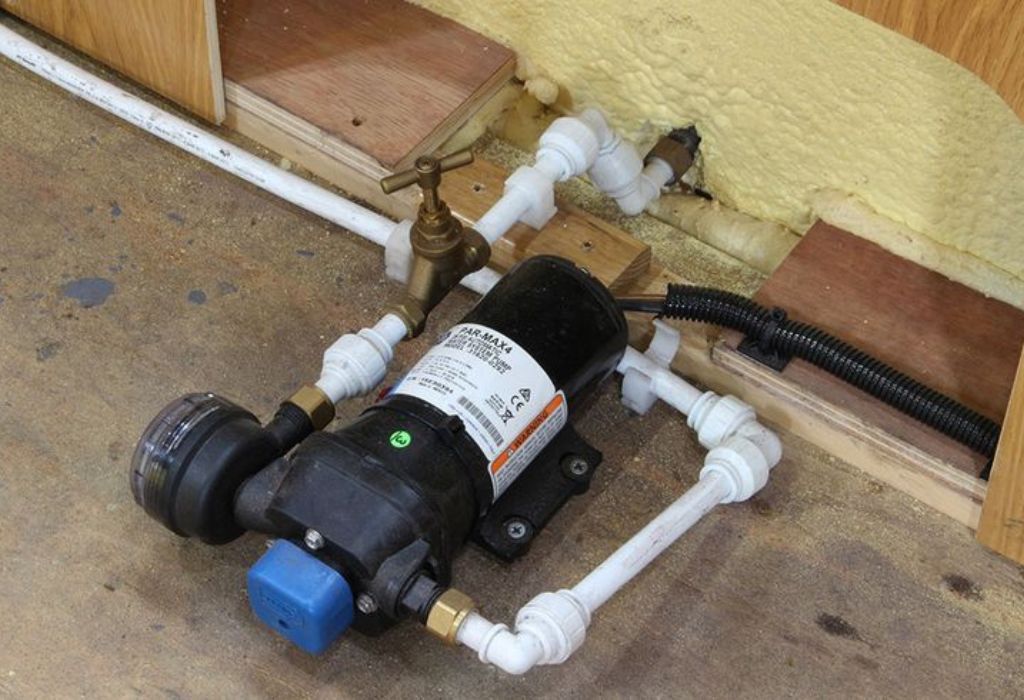
Your RV water system consists of the fresh water tank, a water pump, plumbing lines, faucets, and sometimes a pressure regulator. Understanding how each component works is essential to diagnosing and resolving pressure issues.
City water connections bypass the onboard tank and pump, feeding water directly into the RV plumbing. Check valves prevent backflow, while the pump maintains flow and pressure when using the onboard tank.
What is the difference between city water and tank water in RVs?
City water connects directly to the RV plumbing; tank water relies on the onboard pump.
What role does the water pump play?
It moves water from the fresh tank to faucets, creating necessary pressure.
Do all RVs have pressure regulators?
Many have built-in regulators or require external ones to prevent over-pressurization.
What are check valves for?
They prevent water from flowing backward from faucets or water lines.
Why is understanding your system important?
It helps diagnose pressure issues and properly pressurize the system.
Common Reasons for Low Water Pressure
Airlocks, clogged filters, weak or failing water pumps, and leaks are frequent causes of low pressure in RV water systems. Improperly set pressure regulators can also reduce flow and create inconsistent performance.
Air trapped in the plumbing lines prevents water from flowing smoothly. Sediment or debris in filters can block passages, and worn or inefficient pumps struggle to maintain adequate pressure.
Why does my RV shower have low water flow?
Airlocks, clogs, or a weak pump often reduce flow.
Can dirty filters reduce pressure?
Yes — sediment or debris can block water flow.
Do leaks affect water pressure?
Absolutely — even small leaks reduce overall system pressure.
How do airlocks occur?
Trapped air in the lines prevents consistent water flow.
Can old pumps cause low pressure?
Yes — worn or inefficient pumps struggle to maintain pressure.
Step-by-Step Guide to Pressurize RV Water System
Start by turning off all faucets and connecting the pump to the fresh water tank. Open faucets one by one to purge air from the lines, then set the pump to the correct pressure (typically 40–60 psi).
Check all fittings for leaks and tighten as needed. Re-test every faucet to ensure consistent flow and verify that airlocks have been eliminated.
Do I need to open all faucets?
Yes — this allows trapped air to escape and pressurizes the lines fully.
What is the ideal water pressure in an RV?
Most systems operate between 40–60 psi.
How do I prevent airlocks?
Purge lines slowly and avoid leaving pumps running with closed faucets.
Can I adjust pump pressure?
Yes — many pumps have pressure switches or regulators to set PSI.
Is it necessary to check all connections?
Yes — tight fittings prevent leaks and maintain consistent pressure.
Using City Water Connection Properly
When using city water, connect a hose to the RV’s water inlet and install a pressure regulator. Run water at appropriate PSI to avoid bursts or leaks and check all faucets and appliances for steady flow.
Turning off the onboard pump while using city water prevents the pump from running against incoming water pressure. This approach ensures efficient operation and protects the plumbing system.
Do I need a pressure regulator for city water?
Yes — it prevents over-pressurizing the RV system.
What PSI should I set for city water?
Typically 40–50 psi is safe for most RV plumbing.
Can city water fix low flow from the tank?
Yes, but only if lines and fixtures are not clogged.
Is it safe to leave city water connected overnight?
Yes, but ensure no leaks and the regulator is functioning.
Do I need to shut off the pump when using city water?
Yes — to avoid pumping against city pressure.
Maintaining Pressure in RV Water System
Regular inspection of the water pump, hoses, and fittings prevents pressure loss. Clean or replace filters periodically and check pressure regulator settings frequently.
Avoid running the pump dry or leaving faucets open. Proper maintenance ensures consistent water pressure and prevents damage to the system.
How often should I maintain the water pump?
At least once per season or when noticing reduced pressure.
Should I clean filters?
Yes — clogged filters reduce pressure and flow.
Can hoses wear out?
Yes — old or cracked hoses leak and reduce pressure.
Is checking the regulator important?
Absolutely — incorrect settings can over-pressurize or under-pressurize lines.
Does seasonal winterizing affect pressure?
Yes — proper winterizing prevents frozen lines and airlocks in spring.
Troubleshooting Pressure Issues

If the pump runs but water pressure remains low, check for airlocks, clogged fixtures, or leaks. Inspect hoses, fittings, and the pump itself to identify potential problems.
Adjust or replace faulty regulators or valves and purge the system to restore proper pressure.
Why is my RV pump running but no pressure?
Airlocks or closed valves may block flow.
Can a leaking faucet affect overall system?
Yes — leaks reduce pressure throughout the system.
How do I remove stubborn airlocks?
Open all faucets and allow the pump to purge air slowly.
Should I replace old pressure regulators?
Yes — worn regulators can reduce or spike pressure.
What if flow remains low after purging?
Inspect pump performance, filters, and lines for clogs or damage.
Future Trends and Upgrades
Smart pumps with automatic pressure sensors improve convenience and maintain consistent water flow. Advanced filtration systems prevent clogging and protect appliances.
Inline monitoring and leak detection alert users to pressure drops or plumbing issues. Quieter, more efficient pumps enhance comfort while maintaining performance.
Are smart pumps worth it?
Yes — they maintain consistent pressure automatically.
Can new filters improve pressure?
Yes — high-quality filters reduce clogs and maintain flow.
Do inline sensors help?
Yes — they alert to leaks or pressure drops in real time.
Are quieter pumps beneficial?
Yes — they enhance comfort while maintaining performance.
Will upgrades reduce maintenance?
Yes — modern pumps and sensors minimize manual monitoring.
Conclusion
Pressurizing your RV water system correctly ensures reliable flow to all faucets and appliances. Purging air, setting correct pump pressure, checking connections, and performing regular maintenance are essential steps.
By following this guide, RV owners can enjoy consistent water pressure, avoid common issues like airlocks and leaks, and improve overall comfort during trips. Inspect your system, apply these steps, and make your RV water experience hassle-free.
I’m David R. Coleman, the founder, lead writer, and lifelong tool enthusiast behind GarageToolPro.com. With years of experience in automotive repair, woodworking, and home DIY projects, I created this platform to share practical tips, detailed tool reviews, and step-by-step guides that help mechanics, hobbyists, and homeowners get the job done right the first time.


